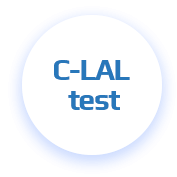Cellweavers'
Sustainable Endotoxin
Detection Solution
01What is a Horseshoe Crab?
-
The horseshoe crab is a living fossil that has survived for approximately 450 million years and primarily inhabits the coasts of Asia and North America. Its unique blue blood contains immune cells called Amebocytes, which react sensitively to bacterial endotoxins by forming clots. This characteristic makes horseshoe crab blood essential for endotoxin testing in the medical and pharmaceutical industries.
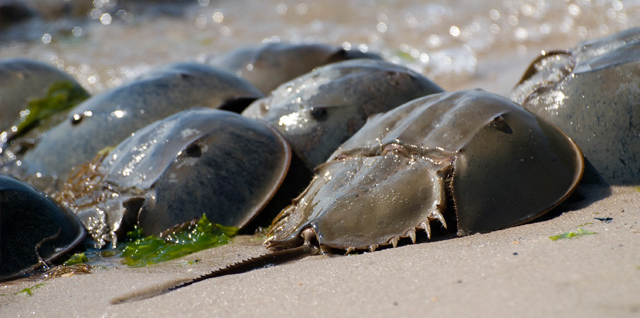
02What is Endotoxin?
-
Endotoxins are toxic substances derived from the cell walls of Gram-negative bacteria. When introduced into the human body, they can cause fever, inflammation, and even sepsis. Pharmaceuticals, vaccines, medical devices, and biotechnology products must undergo strict testing for endotoxin contamination, necessitating highly sensitive detection methods.
03Current Status and Challenges of Endotoxin Testing Using Horseshoe Crab Amebocyte Extract
-
Currently, the Limulus Amebocyte Lysate (LAL) test, which uses Amebocytes extracted from horseshoe crab blood, is the standard method for endotoxin detection. However, this method presents several significant challenges:
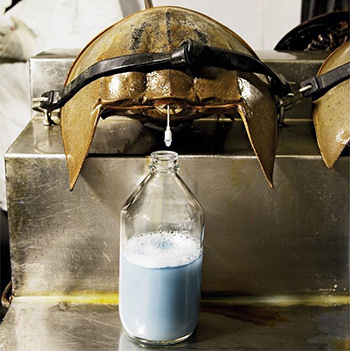
Animal Use Safety Supply Instability Millions of horseshoe crabs are captured annually for blood extraction, resulting in high mortality rates. This practice raises ethical concerns and disrupts marine ecosystems. As a biologically derived material, it carries the risk of contamination and inconsistent product quality. The decline in horseshoe crab populations due to habitat loss and overharvesting threatens the stable supply of LAL reagents.
04Advantages of Cellweaverse’s Cell-Culture-Based Endotoxin Detection Solution
-
Cellweaverse has developed an advanced biotechnology that enables the mass cultivation of horseshoe crab Amebocyte cells, producing endotoxin detection materials without sacrificing horseshoe crabs. The cell-culture-based endotoxin detection material produced by Cellweaverse, called
C-LAL (Cultured-Limulus Amebocyte Lysate), overcomes the limitations of traditional LAL testing and offers the following advantages.Ethical Production Our technology eliminates the need to capture or harm horseshoe crabs by producing endotoxin detection materials through sustainable cell culture. High Safety Produced in a sterile, controlled environment, our products offer minimal contamination risk and consistent, reliable quality. Stable Supply Scalable cell culture technology enables mass production, ensuring a stable global supply chain unaffected by seasonal or regional factors. Environmental
ProtectionOur sustainable solution helps preserve marine ecosystems and promotes biodiversity conservation. Cellweavers is committed to delivering sustainable biotechnology solutions that ensure both safety and ethical value in the global medical and pharmaceutical industries.
Current Method
-
STEP 01Horseshoe crab capture
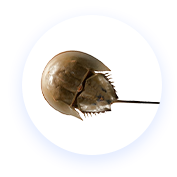
-
STEP 02Bleeding
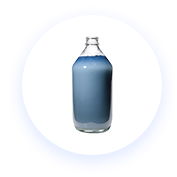
-
STEP 03Isolate amebocyte
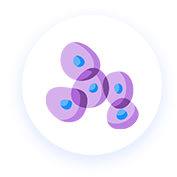
-
STEP 04LAL extract purification
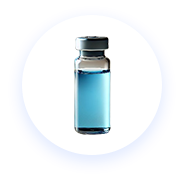
-
STEP 05Endotoxin test

Cellweaverse’s Solution
-
STEP 01Establishment of horseshoe crab amebocyte cell line

-
STEP 02 Mass culture

-
STEP 03C-LAL Extract purification

-
STEP 04Endotoxin test
